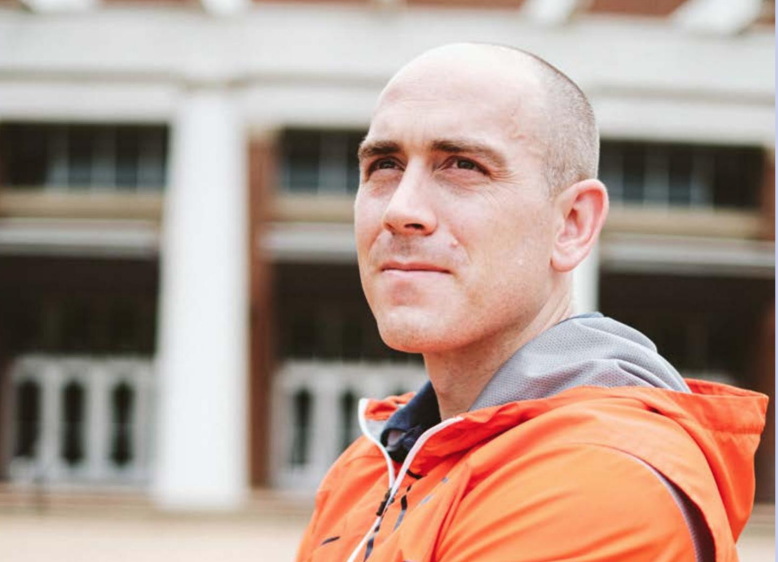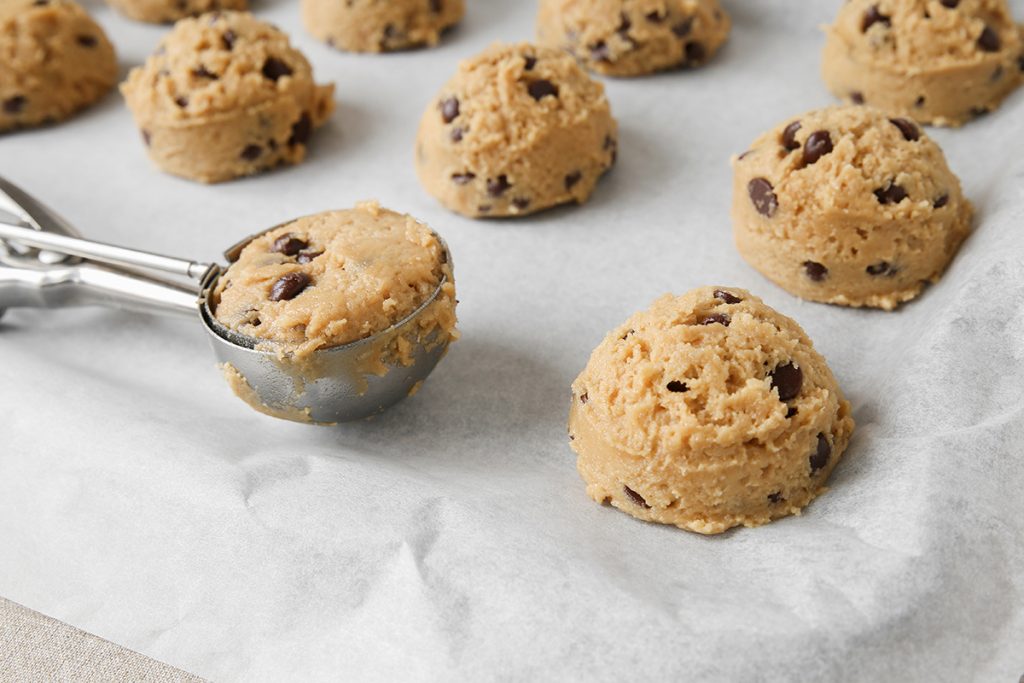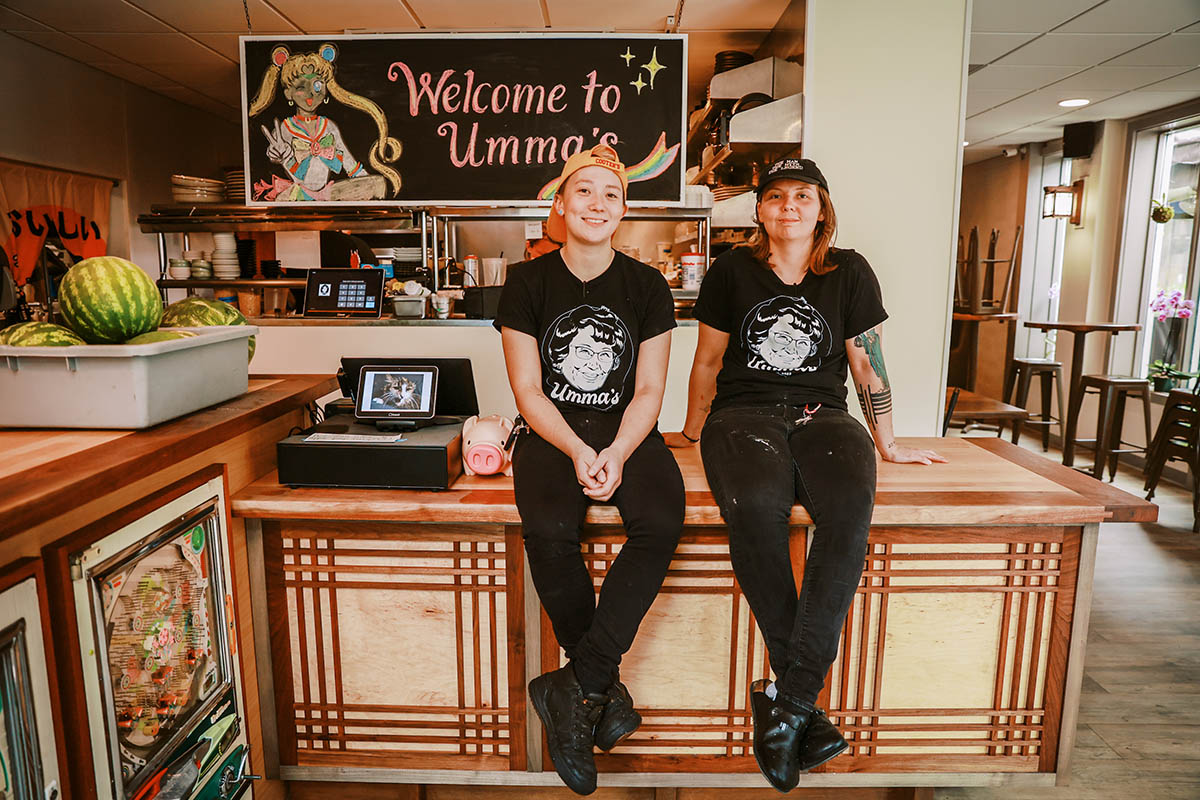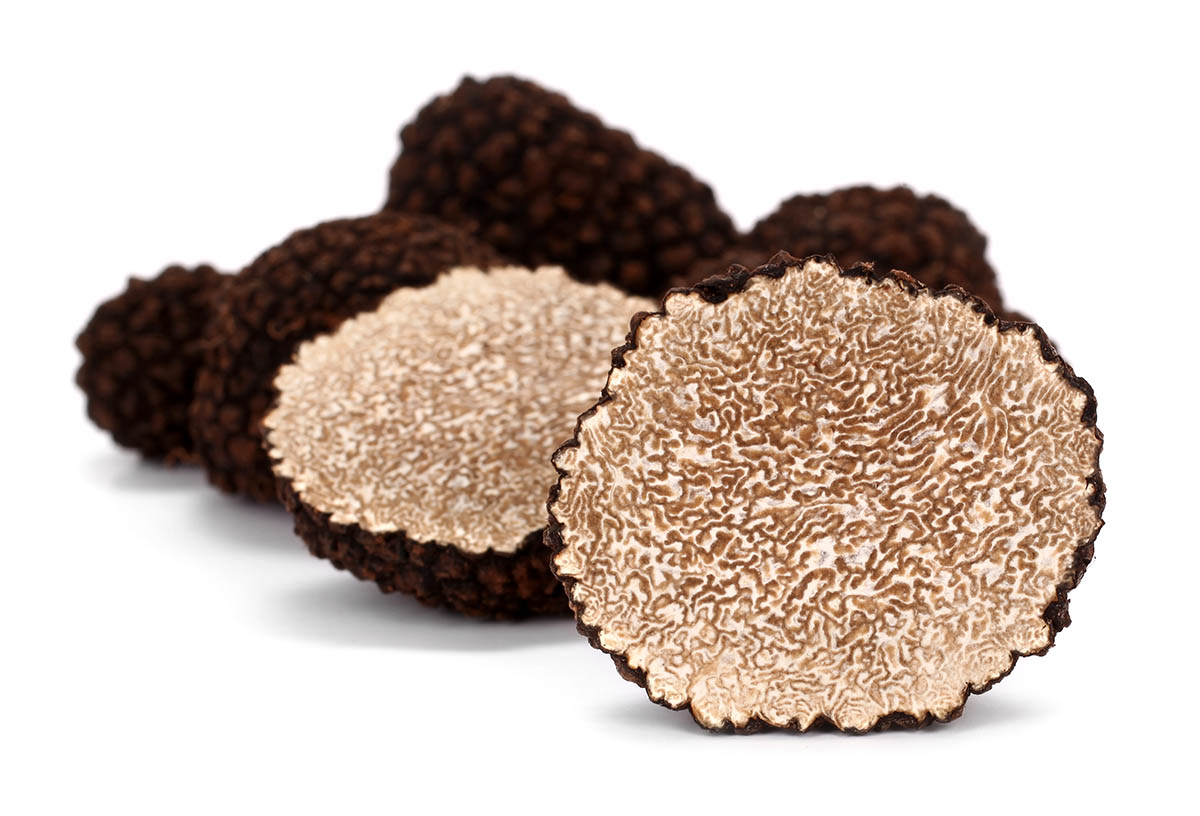“I’ve lived in both very red and very blue places,” says Sally Hudson. “But I never felt my vote really mattered—until 2016.” Donald Trump’s election spurred Hudson into politics—and to being elected the first woman to represent Charlottesville in the Virginia House of Delegates.
Public service came naturally to Hudson. Her father had a law degree but became a Unitarian minister, moving from assignment to assignment around the Midwest and Plains states; her journalist mother worked with community education programs. “I grew up very oriented to community service—helping at soup kitchens and shelters,” Hudson says. “But I wasn’t politically engaged until post-Trump. I was 27, I had always voted, but for the first time I thought my vote could be pivotal.”
By this time, Hudson, who earned an economics degree from Stanford University and a Ph.D. from MIT, had accepted a teaching post at UVA’s Batten School of Leadership and Public Policy. The Trump backlash, the events of August 2017, and the growing push for racial reckoning led many people who hadn’t been politically active into the fray.
“I wasn’t part of that first anti-Trump wave,” Hudson says. “I was just becoming politically awakened. But a whole new wave of people got active, and changed the face of politics in Virginia.” In her view, the old guard “didn’t know how to use all that young energy—classic party politics didn’t find a home for them.”
The result was a surge in grassroots activist groups advocating for single-issue changes or a more progressive agenda. Redistricting reform became Hudson’s launching pad. “I’m a sincere believer in small-‘d’ democracy,” she says, “and that only works if we have real elections and real races.” Gerrymandering’s negative impact isn’t only racial or party segmentation, in her view. “It creates confusion [about who represents who], and lack of accountability. And when people don’t feel their vote matters, they stop voting.”
Through her organizing work with FairVote and OneVirginia, Hudson got to know a lot of politically committed and activist locals—especially women. “I started nudging these women to run for office, but many couldn’t.” A Delegate’s $17,640 salary isn’t much if it’s your only income, she notes, and the job requires attending the two-month legislative session full-time. “So they began urging me to run.”
Hudson’s announcement in December 2018 that she was challenging long-time incumbent David Toscano for the 57th District’s Democratic candidacy surprised (and put off) some people. When Toscano decided to retire, Hudson ended up running against two-term city councilor Kathy Galvin and winning with 65 percent of the vote.
As a political novice, why didn’t she start with a run for a city or county office? “Much of what inspired me was deep democracy work, and that’s [addressed] at the state level,” Hudson says. “Politics is not a ladder—you don’t have to work your way up. Each of the roles has a very different job to do, so you go where your skills are the best fit.”
Hudson’s first term just happened to be a Democratic “trifecta”—the party held the governor’s office and majorities in both legislatures for the first time in 28 years. Those were heady times. “We made progress in rolling back a lot of bad laws,” from abortion restrictions to voter suppression measures. “What we passed [gun safety measures; a higher minimum wage; Medicaid expansion; pay increases for teachers; clean energy measures] was popular with many Virginians, but had been [held back] due to gerrymandering.”
Her first legislative session ended in February 2020—and then the pandemic hit. Hudson’s reaction was “to grab an oar” and make sure her constituents got what they needed in this upended world, whether that meant PPE for health care works or unemployment checks for the newly out of work. Getting their unemployment insurance was “the No. 1 reason people called my office,” she says.
As a workforce economist, Hudson’s skills were an asset in taking on the state’s archaic unemployment compensation system—something she cites as one of her major accomplishments. But, with the House’s new Republican majority, she lost her seat on the Commission on Unemployment Compensation, set up to oversee system reforms. In an August article on richmond.com, the oversight panel’s chair, Senator Adam Ebbin (D-Alexandria), commented: “That’s too bad, [Hudson’s] the one with the most knowledge on this stuff.”
Another issue Hudson pushed hard was a bill she sponsored to allow local governments to vote on tax increases to fund school improvements. The bill passed the Senate, but died in the House Finance Committee. “It’s one of those issues where I knew there was no more that I could have done,” she admits, vowing to keep working on loosening the Dillon Rule restricting the autonomy of localities like Charlottesville.
This term, Hudson sees “protecting the progress we made” as a top priority—which is not to say she doesn’t see more work that needs to be done. Before the recent teacher pay increases, she notes, “Virginia was dead last [nationwide] on teacher salaries, and we’re really behind on school construction and upgrades. The Medicaid reimbursement is still too low, and we’re in a maternity health crisis, especially for women of color.”
How does this agenda fit with what she hears from her constituents? “Schools, housing, and health care—those are their concerns,” Hudson says—even in a district she describes as having deep inequalities. On a positive note, she thinks recent issues ranging from reproductive rights to voting access and education have raised awareness of the importance of representation at the state level.
“More people are coming to see how much state government matters,” she says. “The Federal government can [fund initiatives], but it’s the state that makes sure that [help] gets to your door at a price you can afford.”
Well into her second term, how does Hudson feel about this new career she’s taken on? “It’s really fulfilling work,” she says emphatically. She sees a huge part of her job as “triage—connecting constituents with the people who can solve their problem.” An example she cites was the threatened evictions at Mallside Forest Apartments this past summer—not a state issue, but when a constituent facing eviction called Hudson’s office, she connected them with both the appropriate county supervisor and with Legal Aid Justice Center.
“A big part of the job is to be visible and accessible,” Hudson says. “There’s no substitute for showing up in person—it gives people a chance to talk to you. I can be on any constituent’s doorstep in 15 minutes.”
To Hudson, her two jobs are complementary: “As a teacher and as a public servant, I believe government works better when people know how government works.” And then she heads off to yet another constituent meeting.















